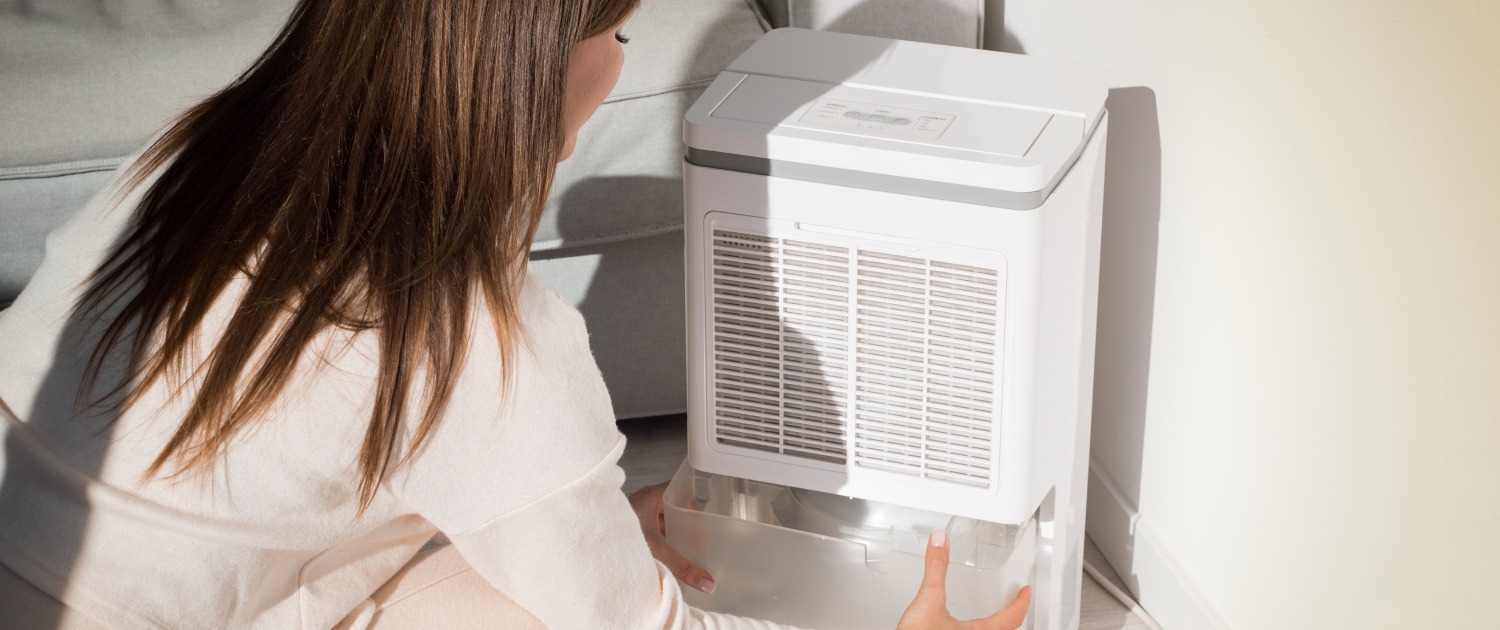The Most Common Parts to Fail on a Dehumidifier
Steven E / Thursday June 22, 2023
Article Contents
Dehumidifiers are a valuable tool for controlling humidity levels in your home, but like any machine, they can experience failures and malfunctions. Identifying these possible failures early is key to maintaining the functionality of your dehumidifier and avoiding additional costly repairs or replacements. In this article, we’ll discuss the most common parts to fail on a dehumidifier and how to prevent and address these issues.
Most Common Parts to Fail
The following are the top five most common parts to fail on a dehumidifier:
- Compressor: The compressor is responsible for compressing and circulating the refrigerant that removes moisture from the air. It can fail due to overheating, wear and tear, or electrical issues.
- Fan motor: The fan motor circulates the air over the evaporator coil to remove moisture. It can fail due to bearing failure or overheating.
- Humidistat: The humidistat measures the humidity level in the air and controls the dehumidifier’s operation. It can fail due to wear and tear or electrical issues.
- Water bucket: The water bucket collects the moisture removed from the air. It can fail due to leaks or cracks, which can cause spills and damage to the machine.
- Control board: The control board regulates the functions of the dehumidifier, including fan speed, humidity level, and timer. It can fail due to power surges, water damage, or wear and tear.
These issues can be addressed to restore the appliance to working order by testing electrical parts and replacing any damaged or nonfunctional parts. Consult the manufacturer’s parts list for compatible replacement parts and instructions on replacement.
Signs of Failure
Identifying the signs of a failing dehumidifier is crucial to addressing these issues early. Here are some common signs to look out for:
- Loud noises or unusual sounds: If your dehumidifier is making loud or unusual noises, it could indicate a problem with the fan motor or compressor. This could include grinding or rattling sounds, which may signal that the fan motor or compressor is failing.
- Failure to turn on or off: If your dehumidifier fails to turn on or off, it may be due to a problem with the control board or humidistat. This could be caused by wear and tear or electrical issues.
- Leaks or spills: If you notice leaks or spills around your dehumidifier, it could indicate a problem with the water bucket or drainage system. Leaks or spills can damage your flooring or furniture, so it’s important to address this issue as soon as possible.
- Incorrect humidity levels: If your dehumidifier is unable to maintain the desired humidity level in your home, it could indicate a problem with the humidistat or control board. This could be caused by wear and tear or electrical issues.
- Frost or ice buildup: If you notice frost or ice buildup on the coils of your dehumidifier, it could indicate a problem with the compressor or refrigerant. This can reduce the effectiveness of your dehumidifier and increase your energy bills.
Additional Tips To Prevent Issues
Here are some additional tips to keep in mind when maintaining your dehumidifier:
- Keep the area around the dehumidifier clean and clear of clutter to prevent overheating and ensure proper air circulation.
- Avoid using extension cords, which can cause power surges and damage the dehumidifier.
- Use a dehumidifier with an automatic shut-off feature to prevent overflow and spills.
- Consider investing in a dehumidifier with a built-in pump, which can pump water out of the machine automatically and reduce the risk of spills.
Conclusion
By identifying the most common parts to fail on a dehumidifier and taking steps to prevent and address these issues, you can prolong the life of your machine and maintain optimal performance. Regular cleaning and maintenance, following manufacturer’s instructions, and seeking professional servicing can help prevent costly repairs or replacements. Keep an eye out for signs of failure and take action early to keep your home comfortable and healthy. Thank you for reading, and we invite you to reach out to us at www.appliancepartspros.com with any further questions you have!
With nearly a decade of experience in providing top-notch customer service regarding appliance parts and repair, Steven enjoys sharing practical advice, troubleshooting tips, and interesting information to help readers stay informed.


